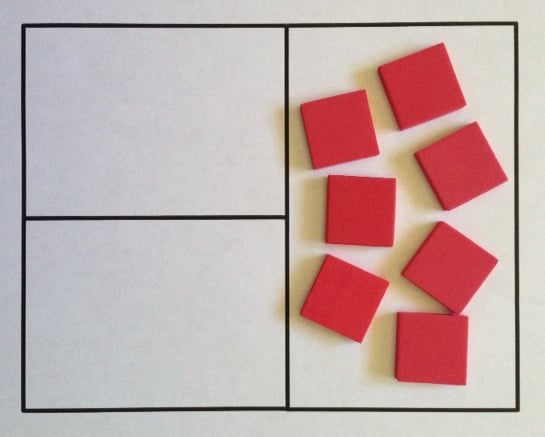by OK Math and Reading Lady
In Part 1 I focused on a numerical fluency continuum, which defines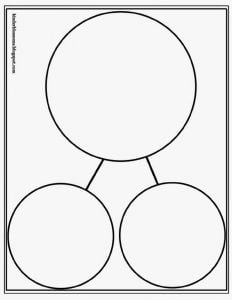 the stages a child goes through to achieve number sense. After a child has a firm grasp of one-to-one correspondence, can count on, and understands concepts of more and less, he/she is ready to explore part-part-whole relationships which lead to the operations of addition and subtraction. That will be the focus of this post. Read on for free number bond activities and a free number bond assessment!
the stages a child goes through to achieve number sense. After a child has a firm grasp of one-to-one correspondence, can count on, and understands concepts of more and less, he/she is ready to explore part-part-whole relationships which lead to the operations of addition and subtraction. That will be the focus of this post. Read on for free number bond activities and a free number bond assessment!
One way to explore part-part-whole relationships is through various number bonds experiences. Number Bonds are pairs of numbers that combine to total the target or focus number. When students learn number bonds they are applying the commutative, identity, and zero properties. Do you notice from the chart below that there are 4 number bonds for the number 3; 5 number bonds for the number 4; 6 number bonds for the number 5, etc? And . . . half of the number bonds are actually just the commutative property in action, so there really aren’t as many combinations for each number to learn after all.
- KG students should master number bonds to 5.
- First graders should master number bonds to 10.
- Second graders should master number bonds to 20.
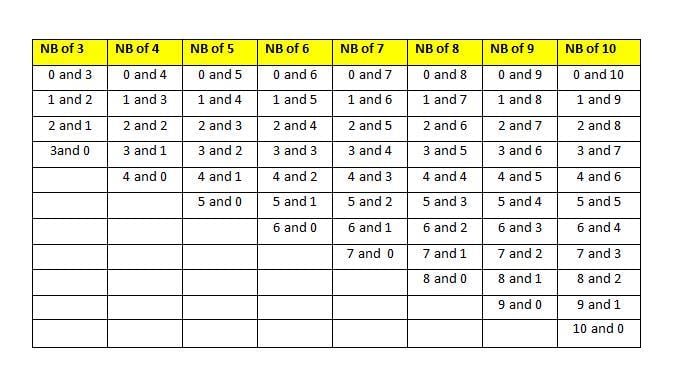 Teaching Methods for Number Bonds
Teaching Methods for Number Bonds -
- Six is 5 and 1. Six is 3 and 3. Or the child may see the bottom as 4 and 2.
Ideally, students should focus on the bonds for one number at a time, until mastery is achieved. In other words, if working on the number bond of 3, they would learn 0 and 3, 3 and 0, 1 and 2, 2 and 1 before trying to learn number bonds of 4. See the end of this post for assessment ideas.
- Ten Frame cards: Use counters to show different ways to make the focus number. (See above example of 2 ways to show 6.) Shake and Spill games are also great for this: Using 2-color counters, shake and spill the number of counters matching your focus number. See how many spilled out red and how many spilled out yellow. Record results on a blank ten-frame template. Repeat 10 times.
- Number Bond Bracelets: Use beads and chenille stems to form bracelets for each number 2-10. Slide beads apart to see different ways to make the focus number.
- Reckenreck: Slide beads on the frame to show different combinations.
- Part-Part-Whole Graphic Organizers: Here are two templates I like. Start with objects matching the focus number in the “whole” section. Then move “part” of them to one section and the rest to the other section. Rearrange to find different bonds for the same focus number. Start students with manipulalatives before moving to numbers. Or use numbers as a way for students to record their findings.
- 7 is the “focus number”
- 1 and 6 are bonds of 7
- Sample recording page
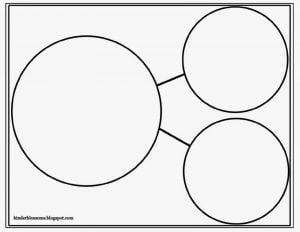 Once students have a good concept of number bonds, these part-part-whole organizers are very helpful when doing addition and subtraction problems (including story problems) using these structures: Result Unknown, Change Unknown, and Start Unknown. Children should use manipulatives at first to “figure out” the story.
Once students have a good concept of number bonds, these part-part-whole organizers are very helpful when doing addition and subtraction problems (including story problems) using these structures: Result Unknown, Change Unknown, and Start Unknown. Children should use manipulatives at first to “figure out” the story. - Here is an example of a change unknown story: “I have 5 pennies in one pocket and some more in my other pocket. I have 7 pennies all together. How many pennies in my other pocket?” To do this, put 5 counters in one “part” section. Count on from 5 to 7 by placing more counters in the second “part” section (2). Then move them all to the whole section to check that there are 7 all together. Students are determining “What goes with 5 to make 7?” 5 + ___ = 7
- Here is an example of a result unknown subtraction story: “Mom put 7 cookies on a plate. I ate 2 of them. How many cookies are still on the plate?” To do this start with the whole amount (7) in the large section. Then move the 2 that were eaten to a “part” section. Count how many are remaining in the “whole section” to find out how many are still on the plate? 7 – 2 = ____.
- How are number bonds related to fact families? A fact family is one number bond shown with 2 addition and 2 subtraction statements. Ex: With number bonds 3 and 4 for the number 7, you can make 4 problems: 3 + 4 = 7; 4 + 3 = 7; 7-3 = 4; and 7-4=3.
Number Bond Practice Activities
- The great thing about number bond activities is that students can sit side-by-side and do the same activity, but work with their own “focus” number. One child is working on number bonds of 4, while another one is ready for number bonds of 5. Here are some of my FREE number bond activities. Click on the links for visual examples and directions.
- Coin Toss and Coin Toss recording sheet: Students shake coins in a cup and spill them out. Count heads and tails and record on this part-part-whole recording sheet.

On and Off with NB of 10
- On and Off: Using an enlarged clip art picture, students shake objects and spill them out on top of the picture. Count how many are on the picture and how many are off. Record results. Then choose another picture and repeat.
- Hide and Seek: This one requires a bowl of some type (not see-through). Considering the child’s focus number, one child hides some objects under the bowl and the rest on top of the bowl while the second child covers their eyes. When ready, the second child counts how many are on top and tries to determine how many are underneath.
- Bingo Stamper: Use two colors of bingo stampers and stamp combinations for the number bonds the student is working on.
- Part-Part-Whole Boxes: This is the template (both large and small versions) used with the red color tiles above.

Tic-Tac-Ten game
- 4 Games About Ten: A critical number bond for second graders is TEN!! Here are 4 different games (from “Go Fish for Ten” to “Tic-Tac-Ten”) to practice these number bonds in a fun way.
Number Bond Assessment
There are two good times to do a number bond assessment: First, in the beginning to determine which number bonds your student already knows. Second, to determine if they have mastered the bonds for their current focus number and thus ready to move to the next higher number.
These assessments are meant to be administered individually, but can be done very quickly by you or another adult. I will mention a couple different methods.
- Use this form Number Bond Assessment to record results (the form shown above with yellow row), along with some small objects, and a cup. Decide which number you are going to check and have that many objects ready. For this example, I will use 4. First, have the child count the number of objects so they will know you are working with 4. Then while they close their eyes, you put some objects under the cup (lets say 2) and some outside the cup (2). When the child opens their eyes, they tell you how many are outside the cup and then how many are under the cup. If they know without counting (or head-bobbing, or using fingers under the table), put a check mark by that pair of numbers (2 and 2). Repeat with each pair of numbers bonds for 4 to see which ones they know immediately and which ones they don’t. If they know all of the number bonds for 4, check for the next number — 5. If they don’t know all of the number bonds for 4, then this becomes their “focus” number to work on with number bond activities. After sufficient practice, you will check them again for number bonds of 4. The recording sheet has a place to put in dates should you need to assess more than one time.
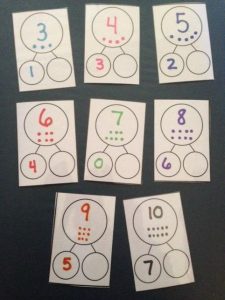
- Follow the same procedures above, but instead of using a cup you could put the hidden objects in your hand, use a part-part-whole mat, or cards such as those shown here. The picture here shows samples for different numbers. You would need all of the number bond cards for the number you are assessing. Get the whole set here FREE: Number Bond assessment cards
This experience with number bonds will help your students relate to all of the properties of addition (commutative, identity, zero) as well as the inverse relationship between addition and subtraction. The result (hopefully) is that your students are actually learning their addition and subtraction facts all at the same time!!
Go to: kinderblossoms.blogspot.com for the circular whole-part-part template shown earlier in this post.
Next post: Other addition and subtraction strategies


